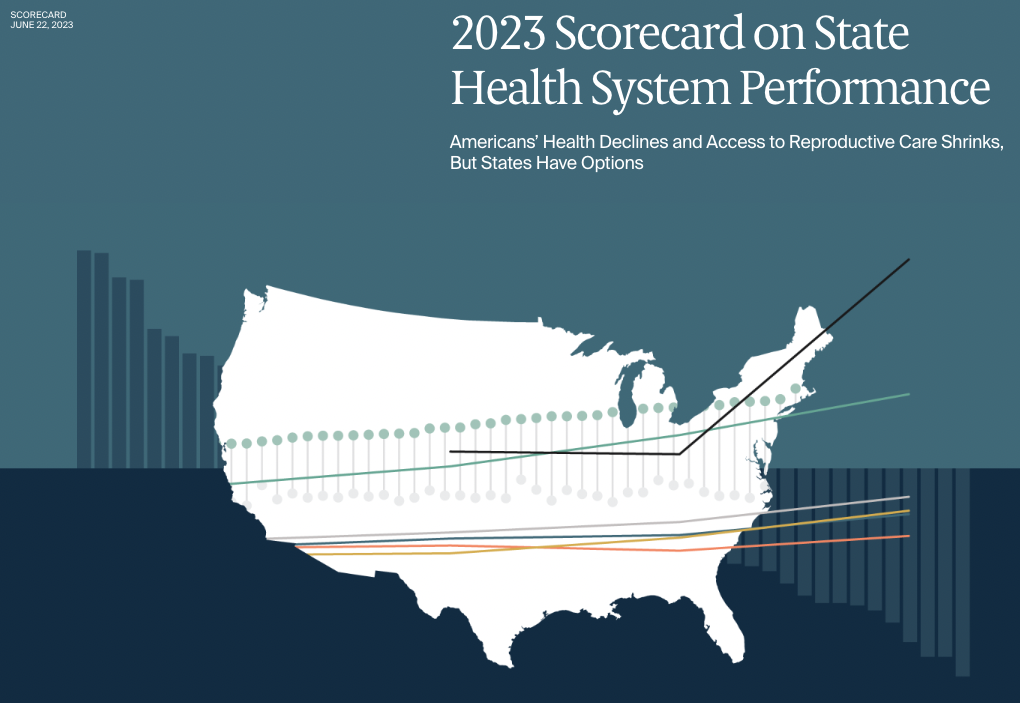News
Article
More primary care needed to fix what ails American health care system
Author(s):
Commonwealth Fund 2023 Scorecard rates access, disparities, outcomes, and suggests solutions.
The Commonwealth Fund, a nonprofit devoted to health care access, has published its 2023 national scorecard for health metrics.

Primary care is front and center among the ways to improve health care across the United States.
Behavioral health, addiction treatment, and reproductive care aren’t far behind, according to The Commonwealth Fund.
The nonprofit devoted to health care access published its “2023 Scorecard on State Health System Performance: Americans’ Health Declines and Access to Reproductive Care Shrinks, But States Have Options,” a review of numerous metrics among the 50 states.
“There are ways the nation could improve health outcomes and lessen variation from state to state,” authors David C. Radley, Jesse C. Baumgartner, Sara R. Collins, and Laurie C. Zephyrin said in the report. “Federal and state governments could: close the coverage gaps that remain and enroll uninsured people who are eligible for subsidized coverage; improve the cost protections of insurance plans; and lower barriers to reproductive health, preventive health, and behavioral health care, particularly for the most vulnerable.”
Primary care is a foundation for improving the nation’s health, so a goal should be to “expand the primary care workforce” with financial and other incentives to create training programs for primary care physicians and other clinicians, the report said.
The authors also called for more integration between primary care and behavioral health.
“Federal policymakers could provide additional supports to states in designing and implementing waivers, demonstrations, and state plan amendments that scale integrated care in Medicaid and the Children’s Health Insurance Program; align payments to incentivize the integration of primary care and behavioral health; and ensure reimbursement levels are adequate to promote integrated primary care in small, rural, and underresourced practices,” the report said.
Along with historically high rates of early deaths, the report focused on reproductive care and women’s health. They also noted health care access and affordability, or lack of it, is “leaving many burdened with crushing medical debt.”
Among other recommendations:
- Children and adolescents need more treatment for behavioral health needs.
- Lawmakers must remove barriers to access for opioid addiction and improve harm reduction policies. That includes access to naloxone to counteract overdoses, supplies for safe drug use, and supervised consumption sites.
- Offer financial assistance to physicians and other providers who work in medically underserved communities.
For recent years, some of the highlights and lowlights are probably not surprising by now.
The good news: Uninsured rates dropped to record lows as temporary federal policies helped people gain access to health care during the COVID-19 pandemic.
The bad news: COVID-19 was deadly for many, and drug overdoses, gun-related deaths, and some treatable chronic conditions all increased “dramatically” during the pandemic, shortening life expectancy in the United States.





